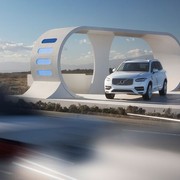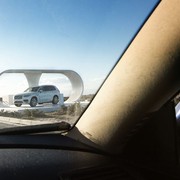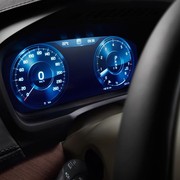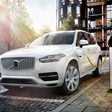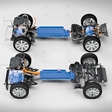
Why wouldn't we use the power created by other road users to charge plug-in hybrid cars? Volvo dared to do exactly that.
Within the marketing project for the new Volvo XC90 T8 plug-in hybrid called "Highway Roberry", Volvo's engineers designed a hydraulic power-generating system that - with the help of pure water - uses kinetic energy of passing cars to charge Volvo XC90's batteries.
Volvo used the peristaltic pump placed over the road that vehicles had to pass and when they drove over it, it created the water current. The current then produced electricity which - via the nearby charging station - went straight up to the car's batteries. It turned Volvo XC90 T8 into the first car that can be powered by petrol, electricity and other vehicles.
With the "Highway Robbery", Volvo aims to spark the discussion about the new ways of looking at automotive future, which sooner or later has to turn greener and more sustainable.
